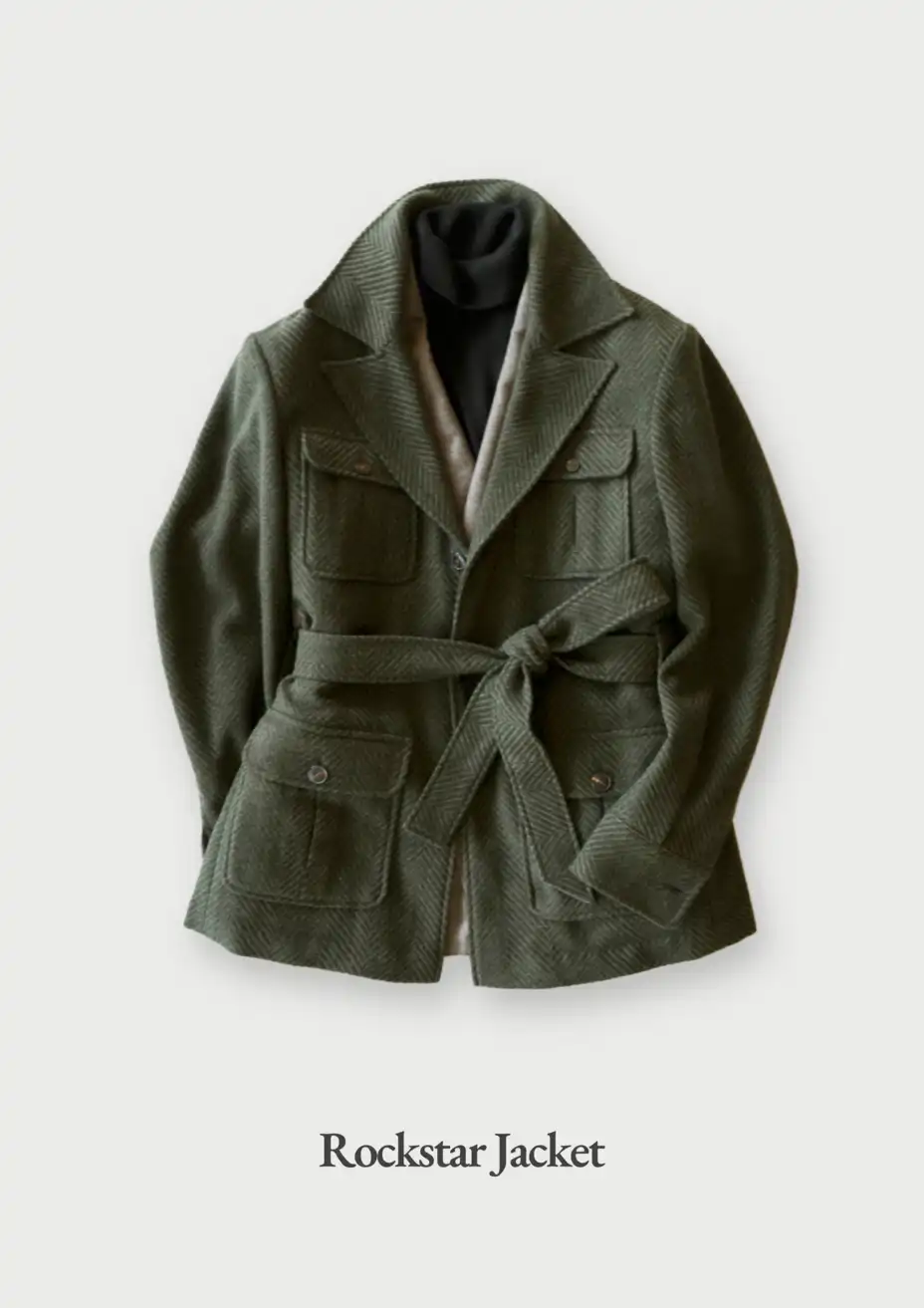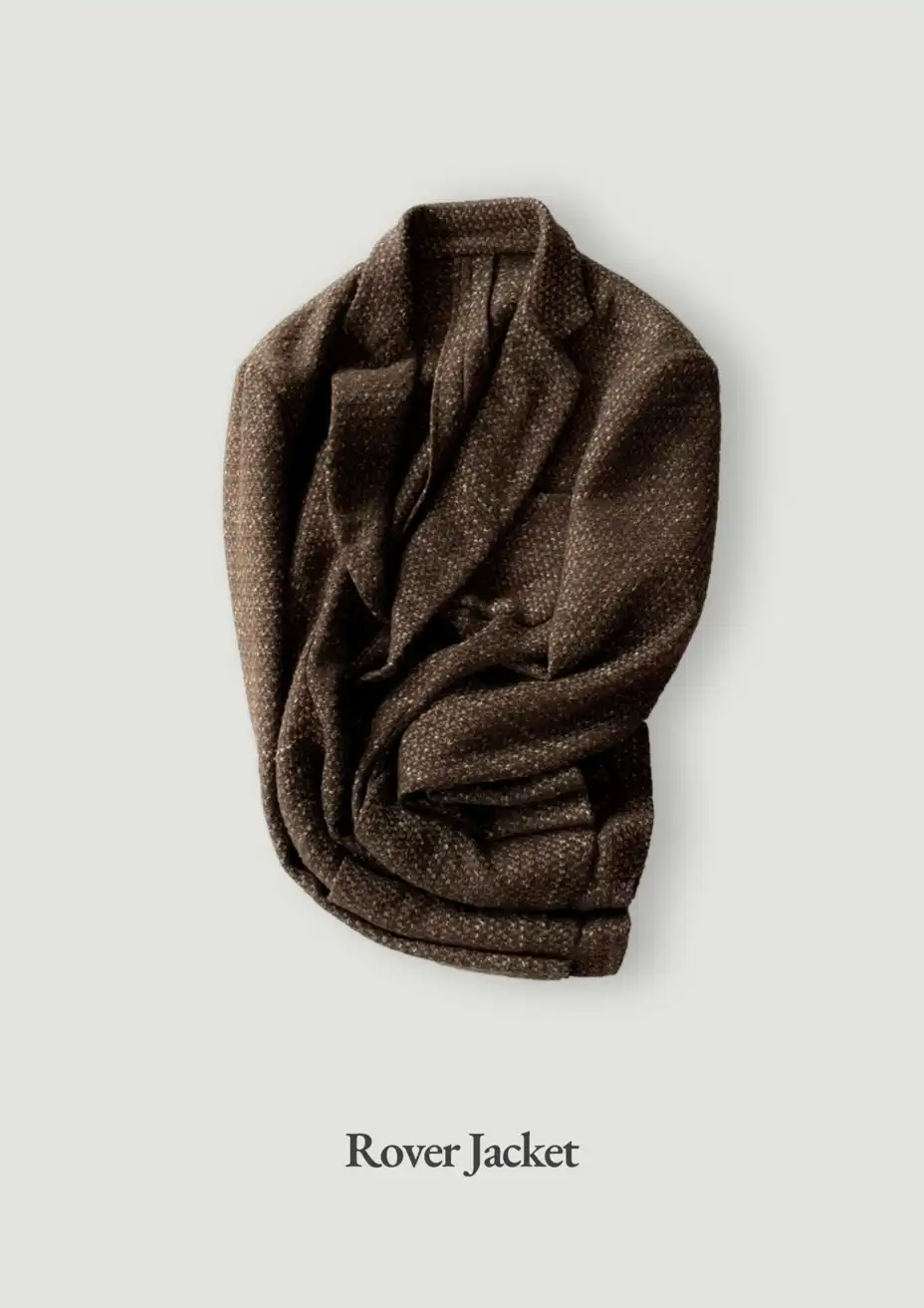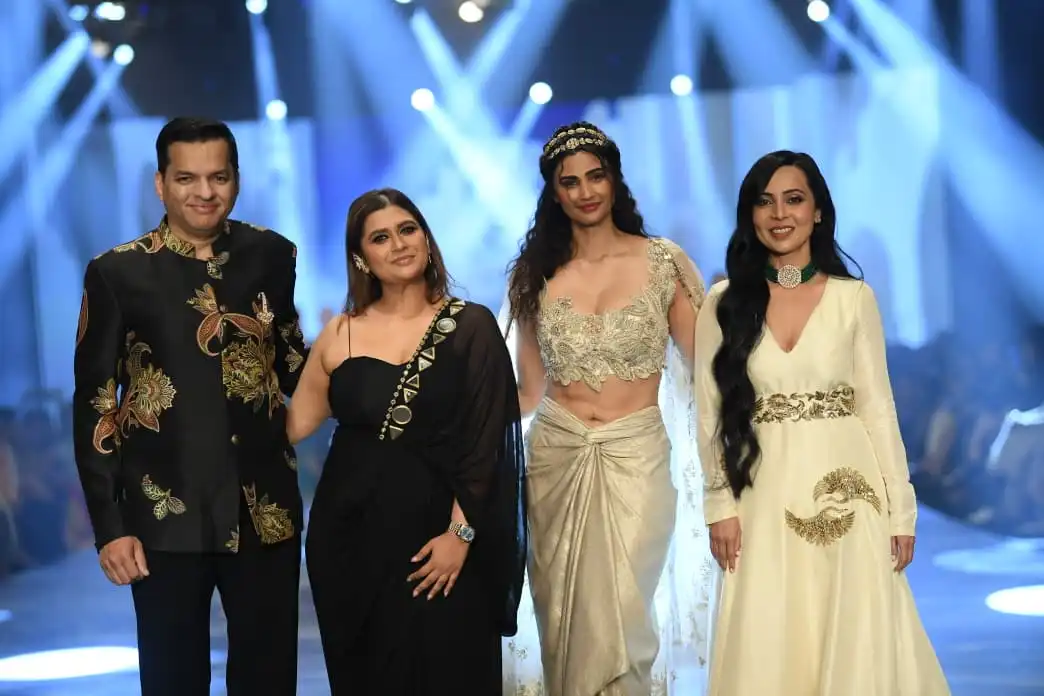Classic tailoring, a timeless aspect of fashion, has always had a place in the circle of style evolution. It may have taken a back seat to industrialization, which made clothing more accessible, cheaper, and faster, but its enduring appeal has never waned. However, love for tailoring - getting something made for oneself survived.
We see clothing as a tool, or one’s first environment, that helps you do things better. If one lives on a farm, the clothing needs to be appropriate. If you are in the army, it needs to be apt for the work you do and the environment you live in. If the clothing is made for you, it has to be more comfortable and of better quality because someone has paid more attention to it. Most classical menswear was designed for the war. Now we wear the stripped-down version of clothes from the Wars, then the industrialization, hippie culture and so on.

In the last few years, casual knits and larger sizes have become a rage. People have been limited at home due to various reasons. Sweatpants and hoodies took over. Now that the world is open and people are stepping out, so is sharper clothing. There is more refined taste and an eagerness to stand out, and hence, the classic elements are getting inroads to more visible luxury.
As we evolve in the post-COVID era, fine classic tailoring and elements will become increasingly evident. For the next 5-10 years, we will see more of it. The revival of classic tailoring in luxury menswear represents a shift back to precision and elegance. Suits are becoming sharper, silhouettes more structured, and details more intricate. Men are once again appreciating the value of a well-tailored suit or jacket, not just for formal occasions but as a symbol of personal style and confidence. Brands are increasingly offering bespoke or made-to-measure services, allowing individuals to customise their clothing to their specific body shapes and tastes. This focus on personalization and craftsmanship not only marks a departure from the homogeneity of fast fashion but also makes each piece a unique expression of the wearer.
The resurgence of classic tailoring in luxury menswear is not just a fleeting trend but part of a broader movement towards sustainability, quality, and craftsmanship. In a world where fast fashion is often synonymous with wastefulness and poor quality, the return to tailored clothing offers an alternative that celebrates durability and timeless style. The post-pandemic man seeks clothing that not only looks good but also feels good—garments that are made to last and that reflect their values and individuality.

As we look towards the next 5-10 years, it’s clear that the appeal of classic tailoring will continue to grow. The demand for elegance and the increasing emphasis on sustainability will drive menswear towards more refined, crafted pieces. Whether it’s a custom-fitted blazer, hand-sewn trousers, or a perfectly tailored shirt, the modern man will continue to turn to classic tailoring to stand out in an ever-changing fashion landscape.
In this revival era, luxury menswear is embracing the beauty of tradition, merging it with the modern man’s need for comfort and uniqueness.
(This article is authored by Manik Handa, Founder of Eudaemon.)




